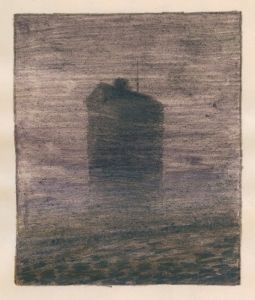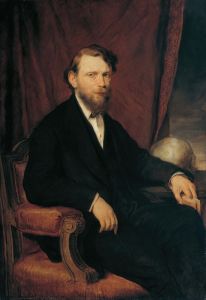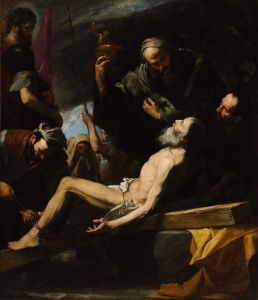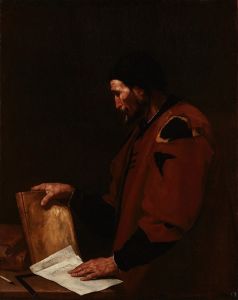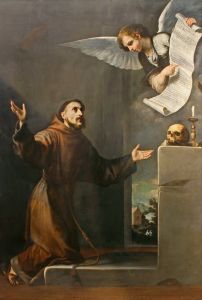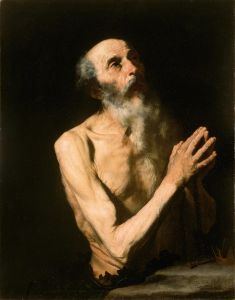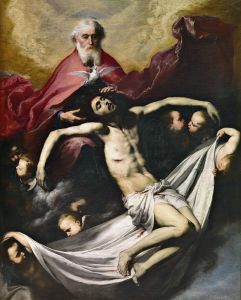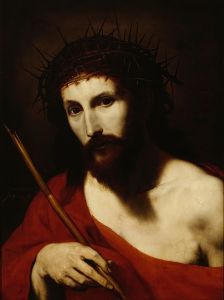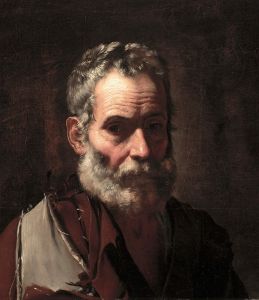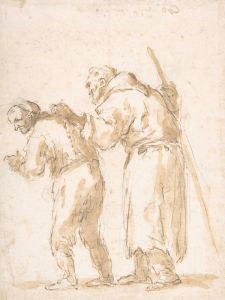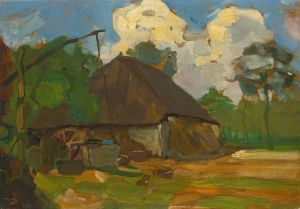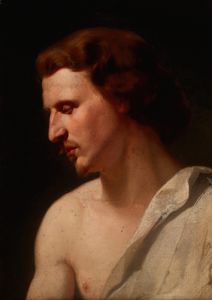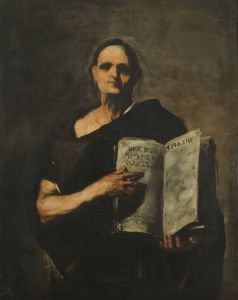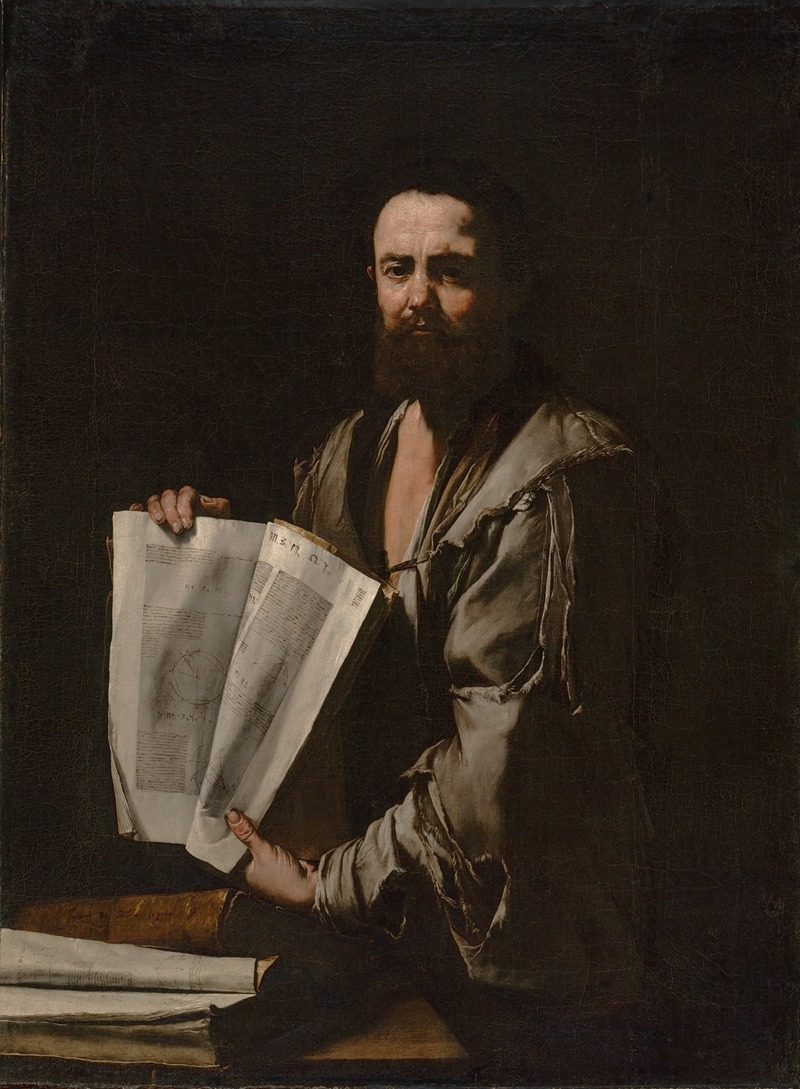
Euclid
A hand-painted replica of Jusepe de Ribera’s masterpiece Euclid, meticulously crafted by professional artists to capture the true essence of the original. Each piece is created with museum-quality canvas and rare mineral pigments, carefully painted by experienced artists with delicate brushstrokes and rich, layered colors to perfectly recreate the texture of the original artwork. Unlike machine-printed reproductions, this hand-painted version brings the painting to life, infused with the artist’s emotions and skill in every stroke. Whether for personal collection or home decoration, it instantly elevates the artistic atmosphere of any space.
Jusepe de Ribera, also known as José de Ribera or Lo Spagnoletto, was a Spanish painter and printmaker who spent most of his career in Naples, Italy. He is widely recognized as one of the leading figures of the Baroque period, known for his dramatic use of chiaroscuro and his focus on intense emotional expression. Among his many works, "Euclid" is a notable painting attributed to Ribera, which forms part of his series of portraits of ancient philosophers, mathematicians, and scholars.
"Euclid" is believed to have been painted around the 1630s, during Ribera's mature period. The painting depicts the ancient Greek mathematician Euclid, often referred to as the "father of geometry." Ribera's portrayal of Euclid aligns with his characteristic style, emphasizing realism and the individuality of his subjects. The figure is shown as an aged, contemplative man, dressed in humble clothing, which reflects Ribera's interest in depicting philosophers and intellectuals as ordinary, yet profoundly wise individuals. This approach was consistent with the Baroque fascination with humanizing historical and intellectual figures.
The painting is part of a broader series by Ribera that includes depictions of other great thinkers, such as Archimedes and Pythagoras. These works were likely intended to celebrate the intellectual achievements of antiquity while also appealing to the tastes of Ribera's patrons, who were often scholars or members of the educated elite. Ribera's series of philosophers is notable for its focus on the human condition, portraying these figures not as idealized icons but as real, tangible individuals marked by age and experience.
In "Euclid," Ribera employs his mastery of light and shadow to create a dramatic effect, highlighting the subject's face and hands while leaving the background in shadow. This technique draws the viewer's attention to the figure's expression and gestures, emphasizing his intellectual focus and introspection. The painting also reflects Ribera's skill in rendering textures, from the roughness of the subject's clothing to the softness of his skin.
The exact location of "Euclid" today is not definitively documented, as many of Ribera's works are held in private collections or museums around the world. However, his series of philosophers remains an important part of his artistic legacy, showcasing his ability to combine technical skill with profound psychological insight.
Jusepe de Ribera's "Euclid" is a testament to the artist's ability to bring historical figures to life, capturing both their humanity and their intellectual significance. The painting exemplifies Ribera's contribution to the Baroque movement and his enduring influence on the depiction of philosophical and scholarly subjects in art.





